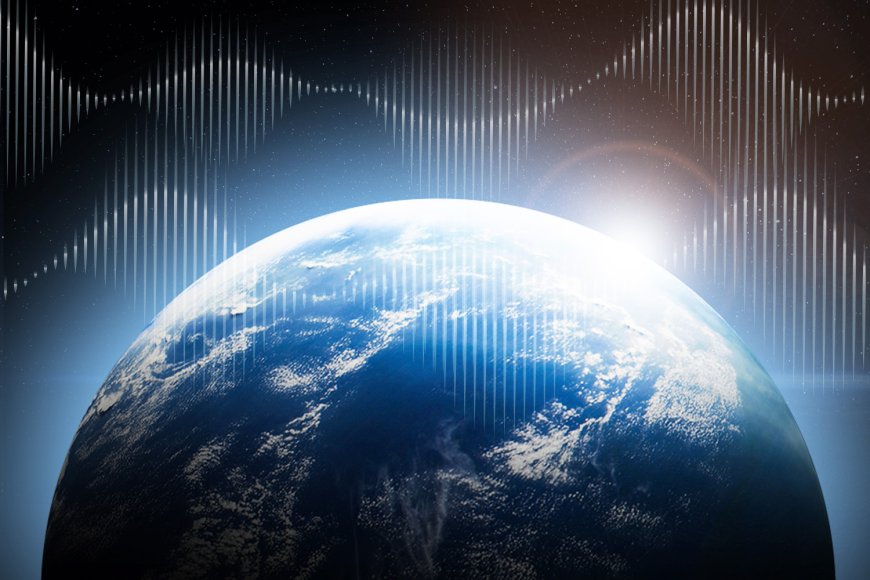Alien-hunting Scientists Uncover Source of Mystery Space Pulse After Year-long Investigation
Scientists have solved the mystery of a powerful space pulse, revealing it originated from a defunct NASA satellite rather than alien activity. The signal, detected in June 2024, was unusually strong, surpassing all other signals from space. The researchers found that the pulse came from the long-dead Relay 2 satellite, which has been silent since 1967. Possible causes include a discharge of static electricity or a collision with a micrometeoroid.

The origin of a mysterious pulse emanating from space has finally been revealed by scientists after a year of investigation. And it's not quite an alien civilization trying to contact Earth, according to a new study.
The fast radio burst (FRB), detected at the Australian Square Kilometer Array Pathfinder in June 2024, only lasted less than 30 nanoseconds. But it was so strong that it surpassed all other signals coming from the sky.
Scientists track these bizarre space signals to understand where they came from - and explanations include everything from black holes to alien technology. Most FRBs come from deep within space - and so it was assumed this recent powerful signal was too.
However, researchers found that the pulse had been emitted from something much closer to home: a zombie satellite. The Relay 2, a long-dead NASA satellite, had let out a powerful signal each time it passed over the astronomers' signal detection tools. The defunct satellite's proximity to Earth, researchers said, made its signal so unusually clear.
Launched by NASA in 1964, the communications satellite has been stuck in Earth's orbit for decades. It stopped working less than a year after launch, becoming another hunk of space debris. Now - the Relay 2 hasn't been emitting signals all this time. It has been silent since its transponders broke in 1967, until now.
The research team, which published their findings in research paper archive arXiv, said it is unlikely the satellite has suddenly come back to life. Instead, astronomers suggested that a build-up of static electricity on the spacecraft reached a boiling point and then discharged - firing a pulse of energy over Earth. Similar discharges have been seen before, the study noted.
Another possibility is that the satellite was hit by a micrometeroid - a small fleck of space rock. If the satellite was struck by such an object, the collision would have released a very small cloud of plasma, according to researchers. This plasma can magnify an FRB signal, making it seem stronger.
What's Your Reaction?
 Like
0
Like
0
 Dislike
0
Dislike
0
 Love
0
Love
0
 Funny
0
Funny
0
 Angry
0
Angry
0
 Sad
0
Sad
0
 Wow
0
Wow
0
















































































































































